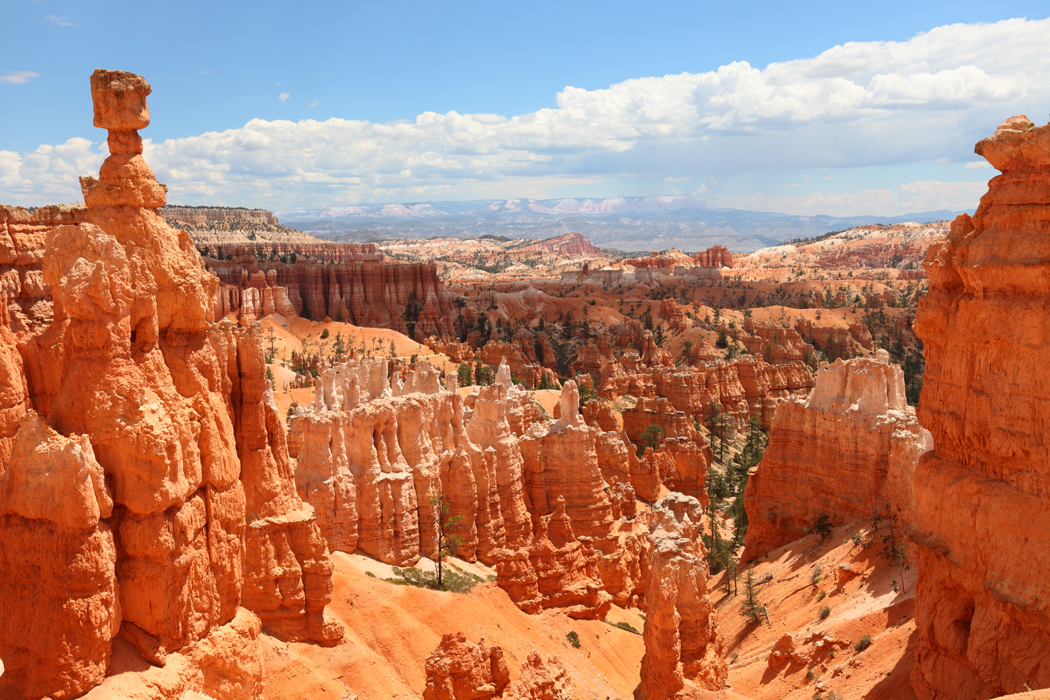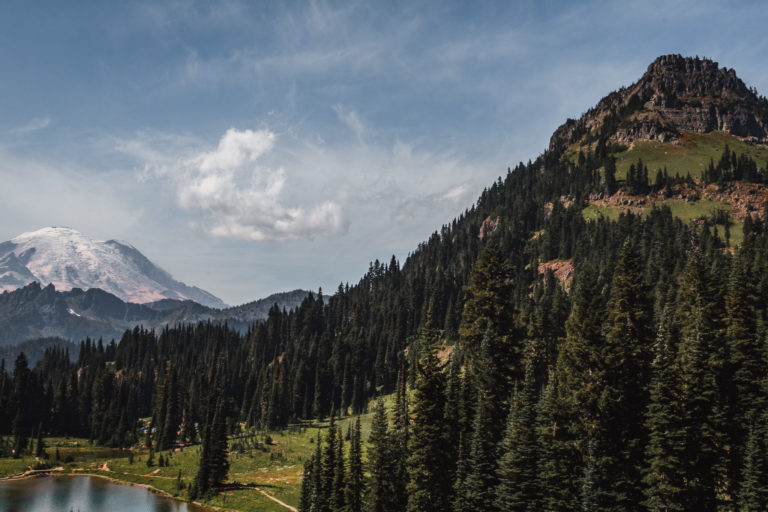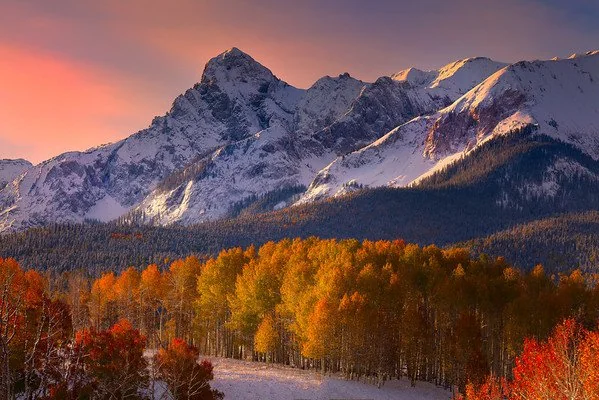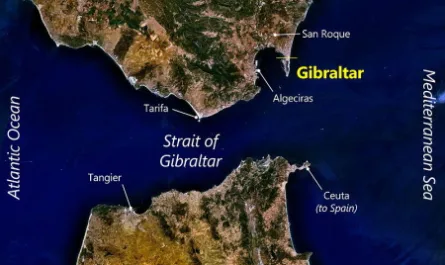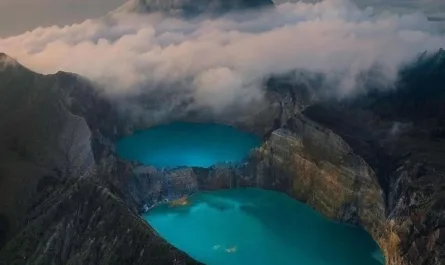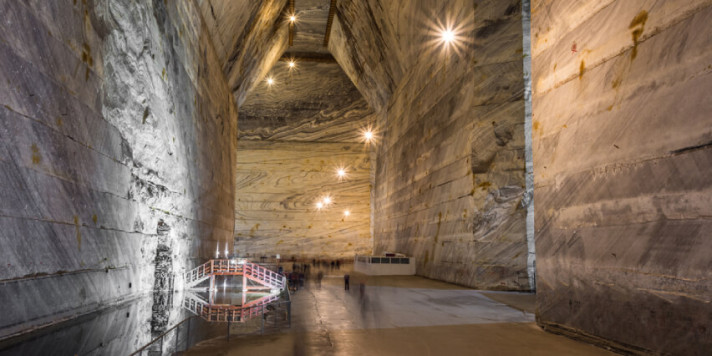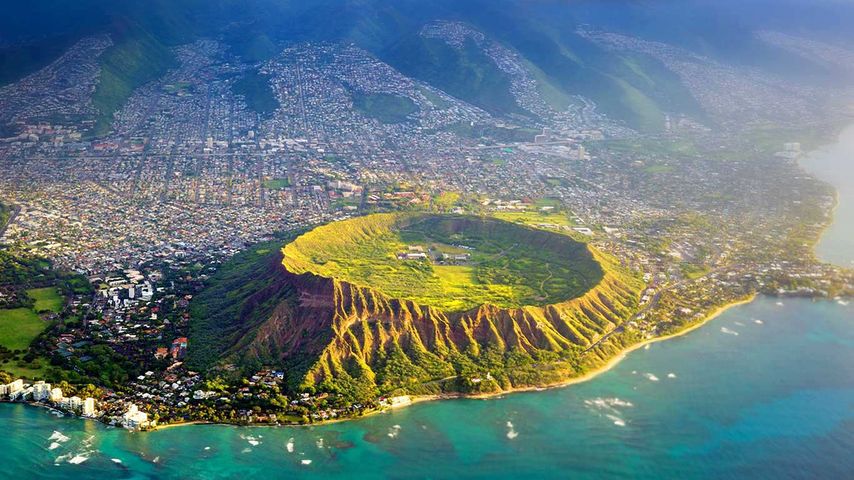Thor’s Hammer, monstrous hoodoos and a Sinking Ship. Bryce Canyon’s red-orange-pink amphitheaters stage a Norse myth 70 million years in the making.
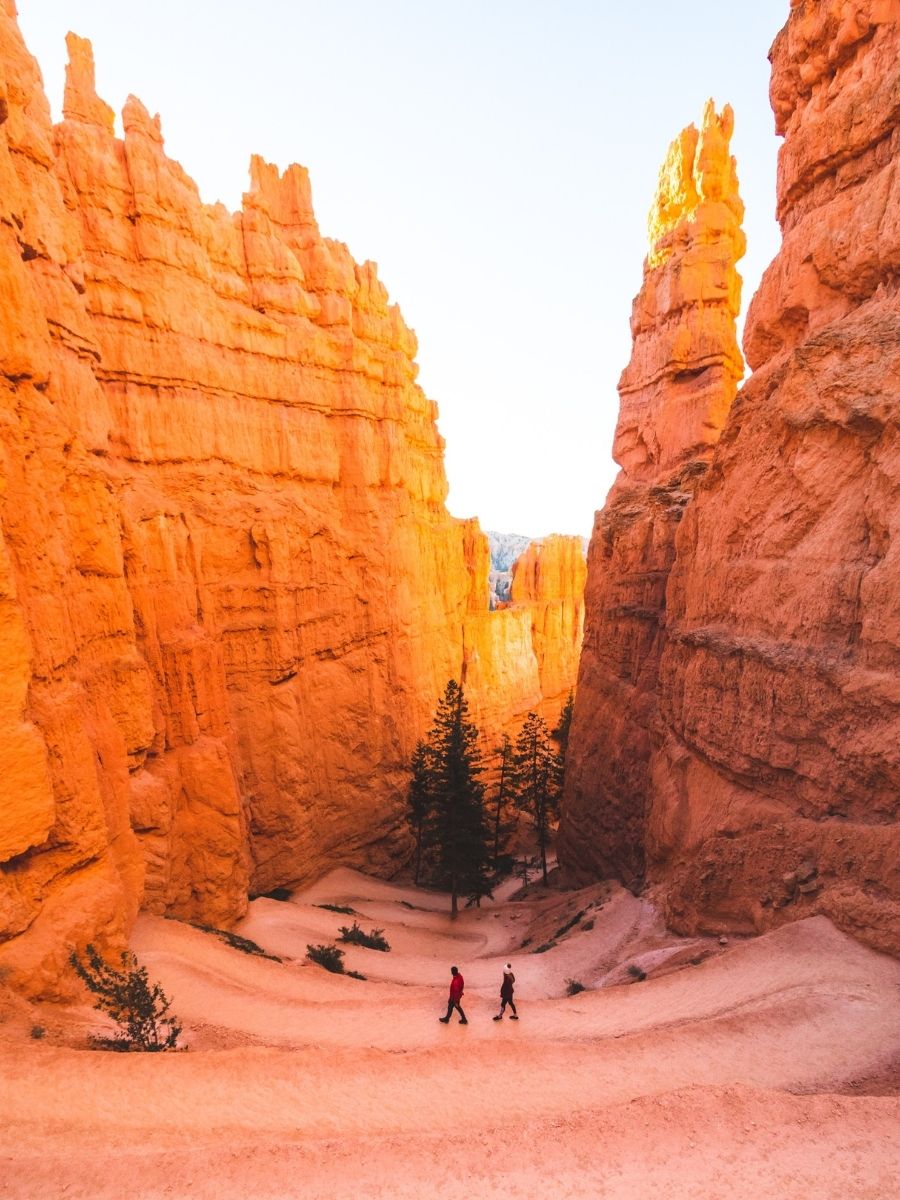
Wind, water and time have eroded Bryce Canyon National Park’s sandstone cliffs into otherworldly characters plucked from the unconscious of a mad Viking. Rows of humanoid pillars crosshatched by rock strata look almost intentional but perfectly surreal. So silent, eerie and beautiful. So improbable it has to be true.

Planning Your Trip to Bryce Canyon?
Bryce Canyon National Park in Southwestern Utah is famous for the largest collection of hoodoos—the distinctive rock formations at Bryce—in the world.
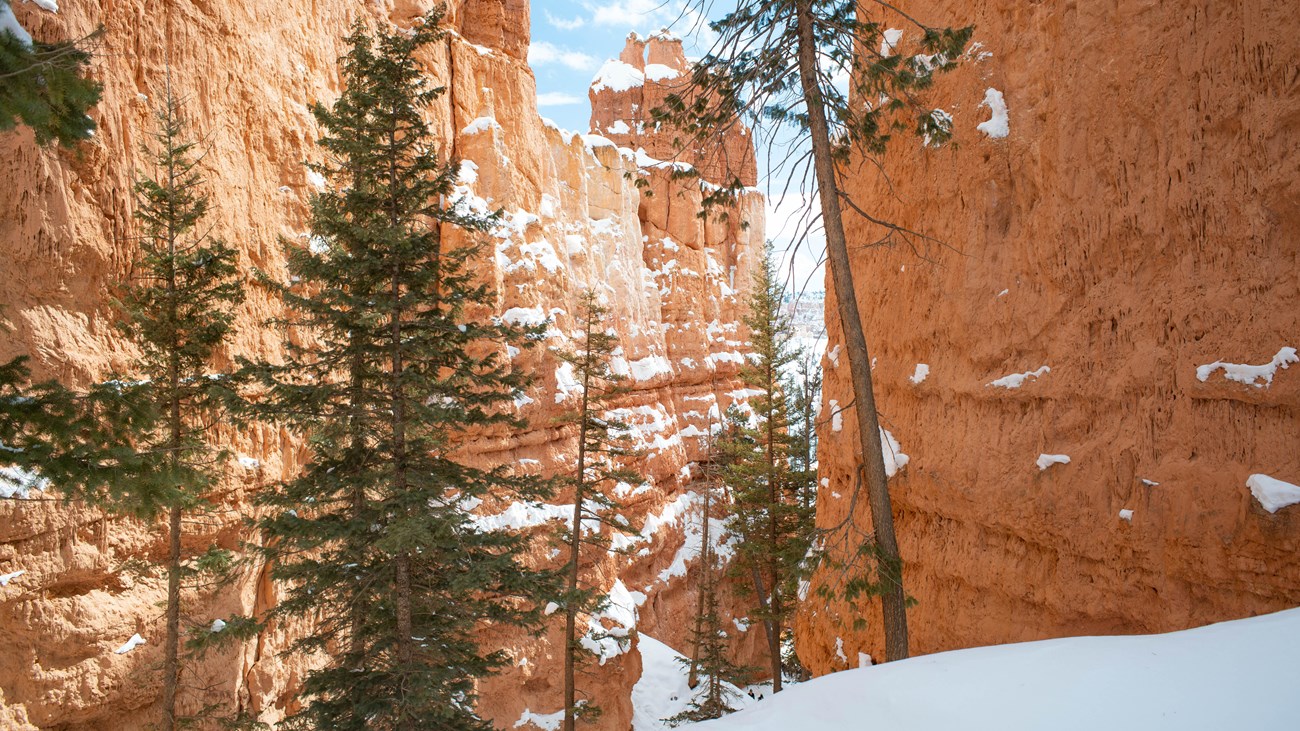
Bryce Canyon is also home to horseshoe-shaped amphitheaters carved from the eastern edge of the Paunsaugunt Plateau, scenic vistas, and the dark night sky. Visitors can expect spectacular hiking, camping, endless outdoor ranger activities, and even a Prairie Dog Festival.
Because the park covers a vertical distance of over 2,000 feet, it exists in three distinct climatic zones: spruce or fir forest, Ponderosa Pine forest, and Pinyon Pine or juniper forest.
Bryce Canyon first became a tourist destination in 1916 with Union Pacific. It was then declared a National Moument in 1923, and officially established as a National Park in 1928.
(What’s the Pantone number for “Leif Erikson’s Beard”?) The canyon’s epic comes alive as you move through the 37-mile circuit — especially as the sun rises and sets.
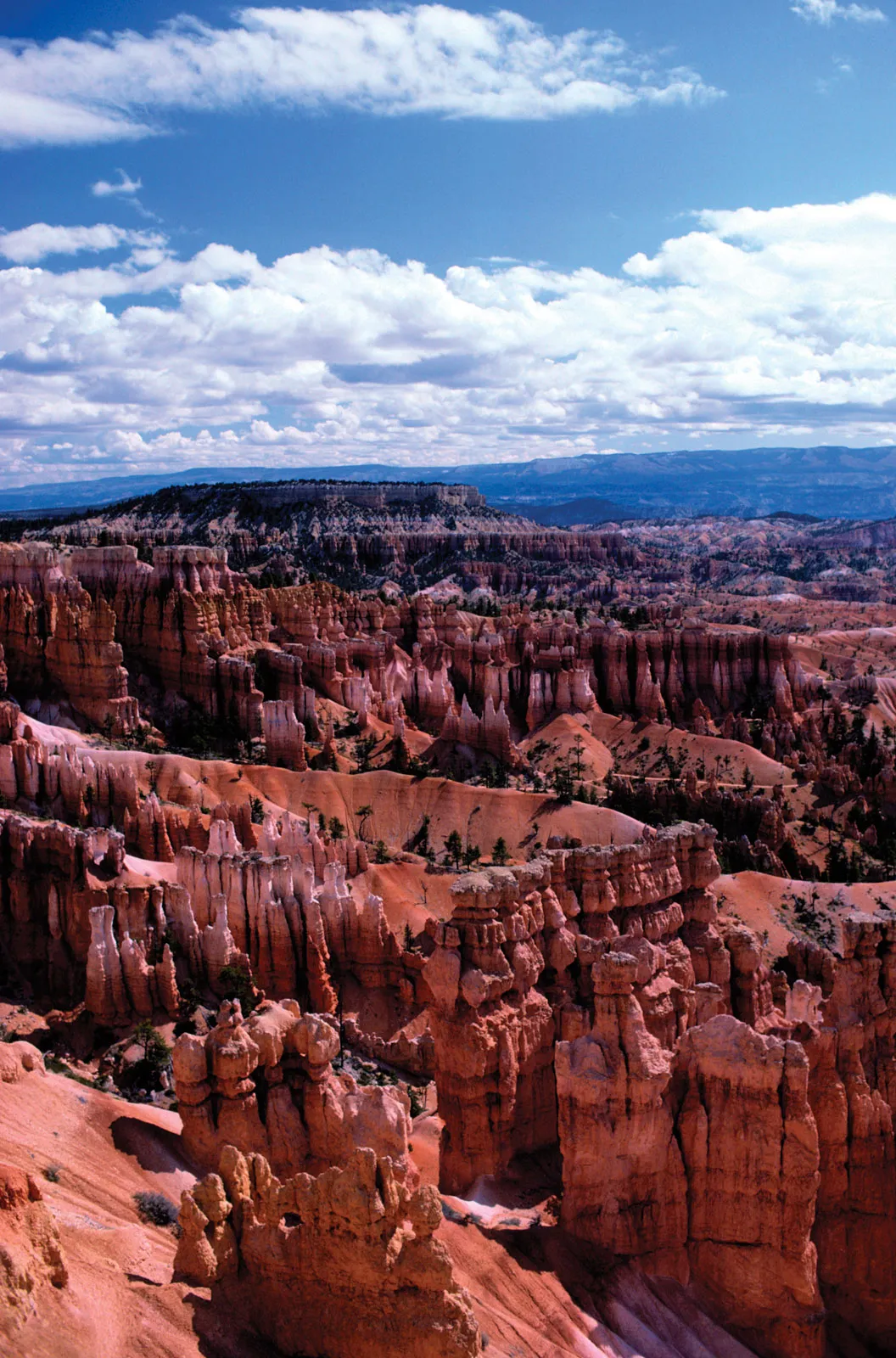
You can learn a lot about yourself looking into Bryce Amphitheater. Do you see a purgatorial cavern crawling with demons? …beatific angels lining the stadium of heaven? …the Claron Formation’s variously dense, variously iron-rich layers of mud-, silt- and limestone, cut up by water and frost in an 800-foot cross section of the Paunsaugunt Plateau that lays bare the geologic record since the last dinosaurs bought the farm? See what you want and interpret accordingly. (It’s a shame Sigmund Freud never hiked the Fairyland Loop.)
Speaking of frost, don’t pack for Zion when you’re going to Bryce, which is a full 18˚F cooler. The rim reaches 9,100 feet above sea level, so July peaks around 80˚F and winter snow sticks around until April. (Yeah, snow. Lots of it. Brian Head Ski Resort is just up the road. Enjoy the desert paradox.) It’s a year-round national park: comfortable all summer and snowy hoodoos make for gorgeous cross-country skiing winter to spring.
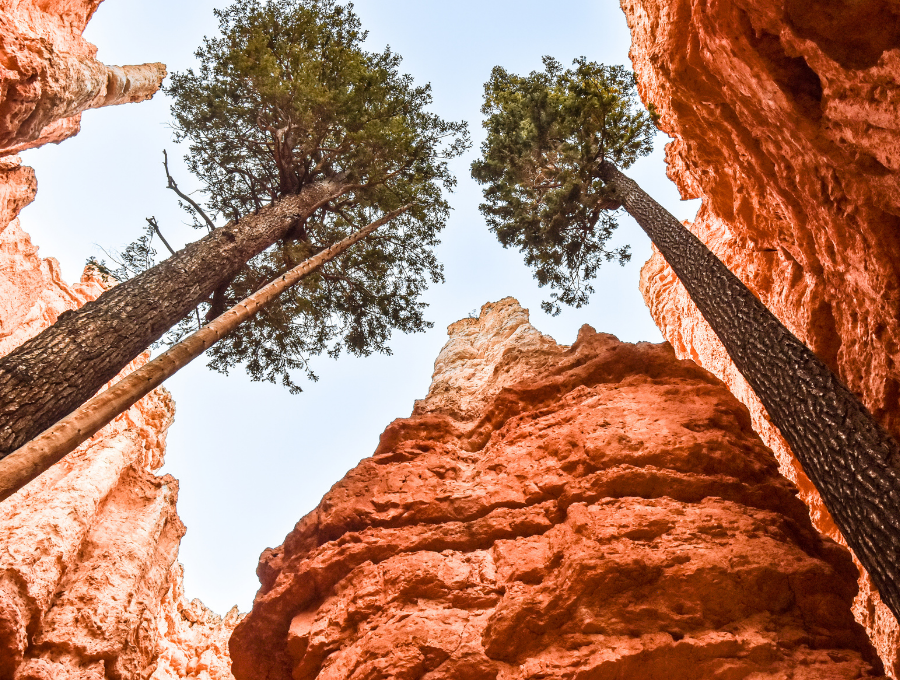
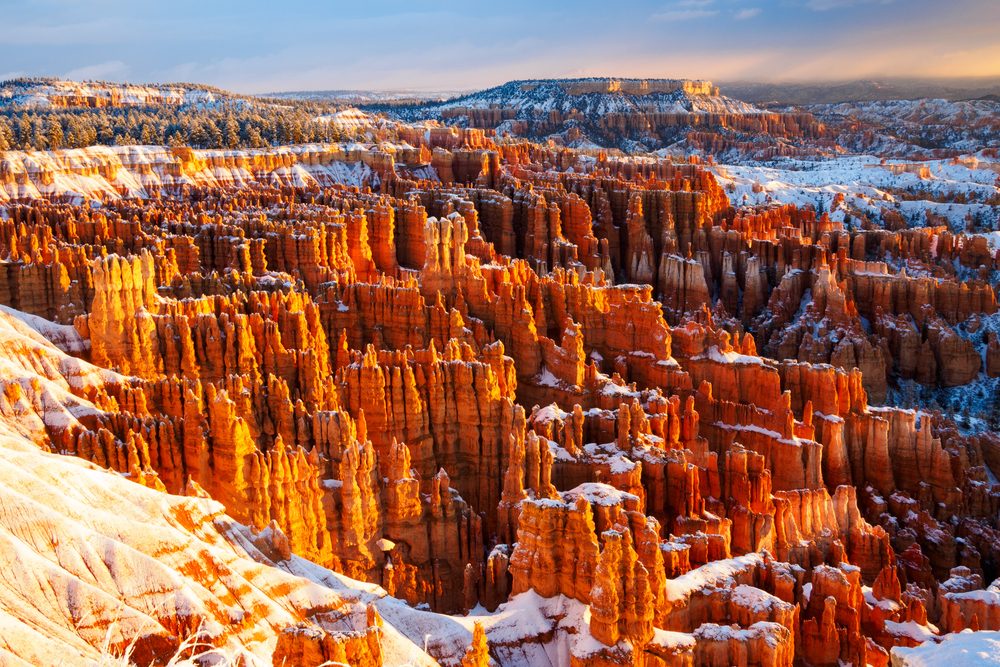
Bike it, hike it, snowshoe or ride a horse. If you don’t want to park, hop on the shuttle and people-watch between viewpoints. Take a cameraful of pictures no one will understand and let the giant yellow-pink monsters haunt your dreams.
Bryce Canyon National Park is located in southwestern Utah, not far from Zion National Park – just a scenic hour-and-a-half drive away. Below are directions to Bryce Canyon from some notable nearby destinations.
From Zion National Park (72 miles)
Take Hwy 9 east toward Mt. Carmel Junction. Take Hwy 89 north for 43 miles, then turn right and head east on Hwy 12. Follow the signs to Bryce Canyon National Park.
From Salt Lake City, UT (268 miles)
Take I-15 S toward Las Vegas, NV for 213 miles. Take exit 95 and head southeast on Hwy 20 to Hwy 89 south, then Hwy 12 east. Follow the signs to Bryce Canyon National Park.
From Las Vegas, NV (260 miles)
Take I-15 N toward Salt Lake City. Take exit 95 and head southeast on Hwy 20 to Hwy 89 south, then Hwy 12 east. Follow the signs to Bryce Canyon National Park.
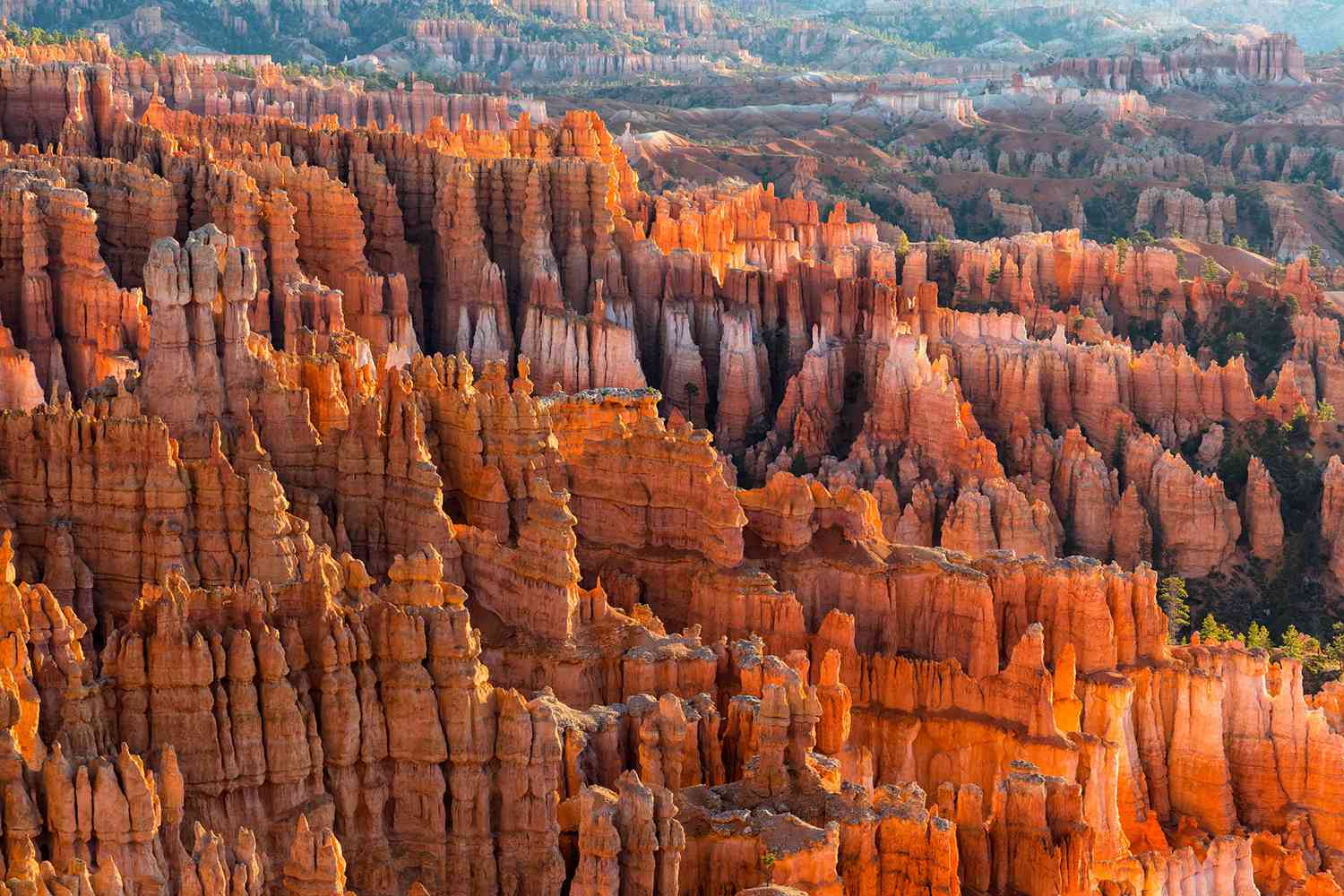
Where to Stay Near Bryce Canyon National Park
Done hiking and looking to rest your weary head? You’ve got options. The park itself is a one-stop vacation shop. Besides camping, there’s a quaint, rustic lodge at the center of the park built in the 1920s featuring cozy cabins, suites, and motel rooms, plus a dining room and gift shop. If you want to take things off-site, there are plenty of accommodation options in Bryce Canyon City (just outside the park) or in nearby Tropic or Cannonville.
North Campground
Open year-round. Reservation camping May 19th – October 7th; First-come, first-served October 8th – May 18th.
RV sites (some reservable): $30/night
Tent sites: $20/night
Sunset Campground
Sunset Campground provides 99 sites on a first-come, first-served basis April 15th – October 31st.
RV sites (reservable): $30/night
Tent sites (reservable): $20/night
Group Site (by reservation only): $55–100 depending on group size
